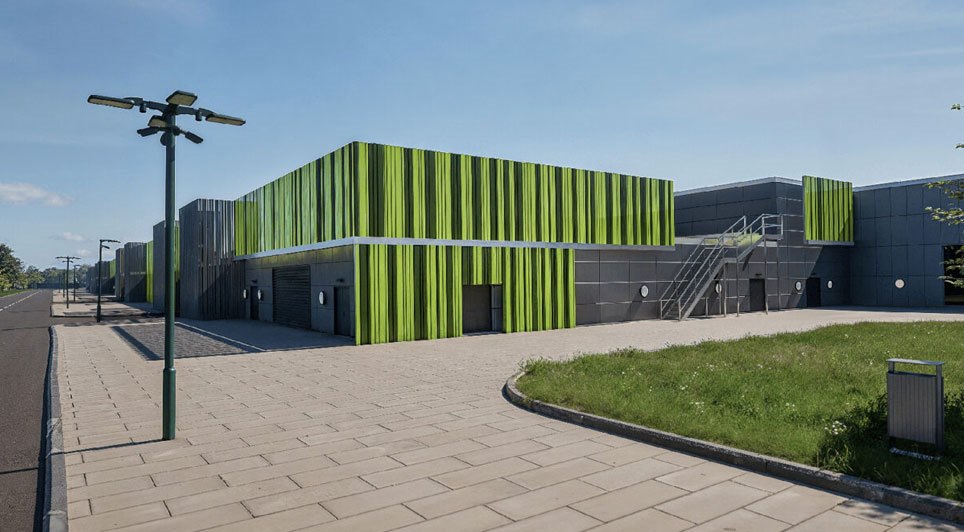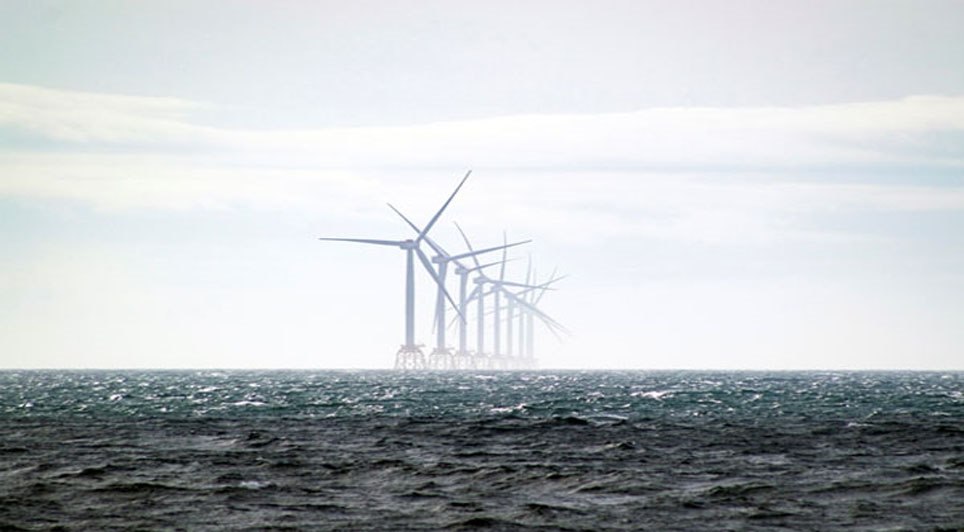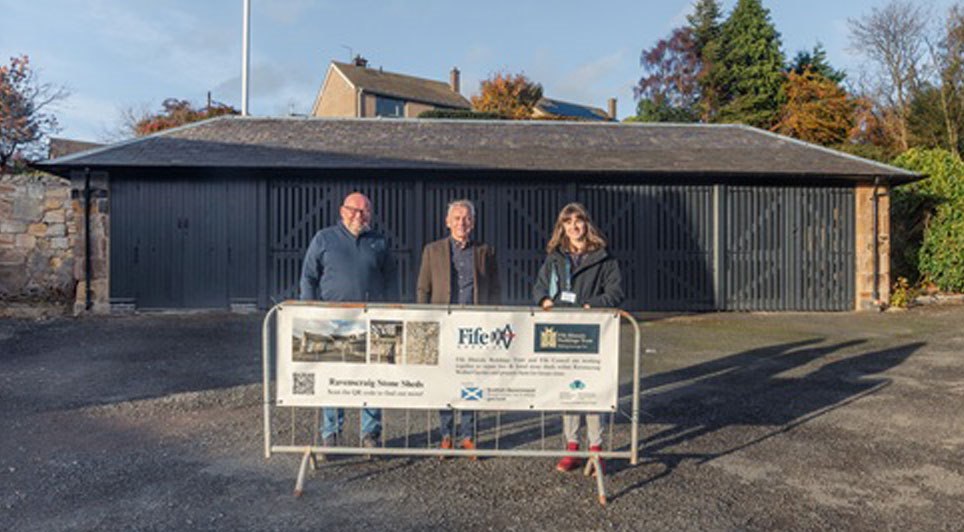Scotland is positioned to become the UK's most cost-effective location for AI data infrastructure, thanks to new measures proposed by the Department for Science, Innovation and Technology (DSIT).
The initiative is designed to tackle a critical issue in the Scottish energy system: massive volumes of renewable power wastage due to grid bottlenecks.
Currently, constraints on the grid, particularly in Central Scotland, prevent green energy generated in the north from being exported south. This forces generators to curtail (shut down) renewable energy, leading to massive constraint payments to balance the system. This year alone, constraint payments have cost consumers £1.2 billion, a figure projected to hit £3 billion by 2030.
DSIT's proposal aims to transform this inefficiency into an economic opportunity. By enabling large AI data centres, supported by battery storage, to absorb this excess renewable power, Scotland can strengthen its position against low-cost Nordic markets.
Economic and Investment Boost
If implemented, the proposal could see electricity costs for new Scottish data centres drop by as much as £24 per MWh, without increasing costs for other bill payers.
This initiative provides a major boost to planned investments, such as Apatura's Ravenscraig development. This single project alone illustrates the scale of the potential:
• It is valued at £3.9 billion.
• It includes 550MW of data centre capacity and 650MW of battery storage.
• The project is expected to generate thousands of jobs and add a 0.4% increase to Scotland's GDP.
Apatura is developing nine such data centre projects across the central belt, highlighting that while Scotland offers advantages like abundant renewable energy and a skilled workforce, high electricity costs have historically been a barrier. This proposal offers a "once in a generation" opportunity to align Scotland's clean power with world-class digital infrastructure, helping Scotland lead the global AI race.
 Scotland
Scotland UK
UK Ireland
Ireland London
London





















